7 Spicy Secrets Behind Authentic African Foods You’ve Never Tasted (But Definitely Should)
Table of Contents
- Introduction: Africa’s Hidden Spice Chest
- #1: The Holy Trinity – Berbere, Roucou, and Kadioko
- #2: Maize & Millet: Africa’s Ancient Grains with Modern Appeal
- #3: Fermentation Frenzy – How Funky Flavors Rule West Africa
- #4: One Pot, Many Cultures: Jollof vs. Thieboudienne
- #5: From Ground to Plate – Using Traditional Spices Like a Pro
- #6: Seafood, Savory Meats & Game Galore
- #7: Street Food Stars – What’s Hot on African Streets Today?
- Pro Tips for Recreating African Flavors at Home
- Conclusion: The Future of Flavor is African
Introduction: Africa’s Hidden Spice Chest
Africa isn’t just one country — it’s a continent of over 50 countries, each with its own spice cabinet, cooking style, and culinary identity. And yet, when most people think of African cuisine, they draw a blank or default to sad safari stereotypes.
But here's the spicy truth: African food is bold, diverse, and criminally underrated. From the smoky stews of Ethiopia to the fiery street skewers of Nigeria, African cuisine deserves a seat at your dinner table — and in your spice rack.

#1: The Holy Trinity – Berbere, Roucou, and Kadioko
You may know berbere from Ethiopian kitchens, but what about Roucou from Senegal or Kadioko from the Congo? These three spice blends are the holy trinity of African flavor and each tells a different story:
- Berbere: Ethiopia’s spiciest secret. Think chili peppers, fenugreek, ginger, and korarima — used in Doro Wat.
- Roucou: Not a spice blend per se, but a natural coloring and flavor booster made from annatto seeds. Common in Senegalese thieboudienne.
- Kadioko: A Congolese blend using wild herbs, sometimes including ground leaves, bark, or fermented roots — less about heat, more about earthiness.
| Spice | Main Ingredients | Country/Region | Best Dish to Use In |
|---|---|---|---|
| Berbere | Chili, garlic, ginger, allspice, coriander | Ethiopia/Eritrea | Doro Wat |
| Roucou | Annotto seeds, oil | Senegal/West Africa | Thieboudienne |
| Kadioko | Wild herbs, bark, root | Congo/DRC | Poulet Moambé |

#2: Maize & Millet: Africa’s Ancient Grains with Modern Appeal
If you haven't cooked with maize or millet lately, you’re missing out. These ancient grains are staples across Africa and form the base of many traditional dishes:
- Pap (South Africa): Cornmeal porridge, creamy or stiff, often served with stew.
- Fufu (West Africa): Often a mix of cassava and plantain, pounded into a sticky dough and eaten by hand.
- Oat-like Millet (Sudan & East Africa): Used in porridges, breads, and even beer.
Taste Tip: If you're gluten-free, millet and sorghum are your new best friends. Plus, they hold onto flavors like nobody’s business!
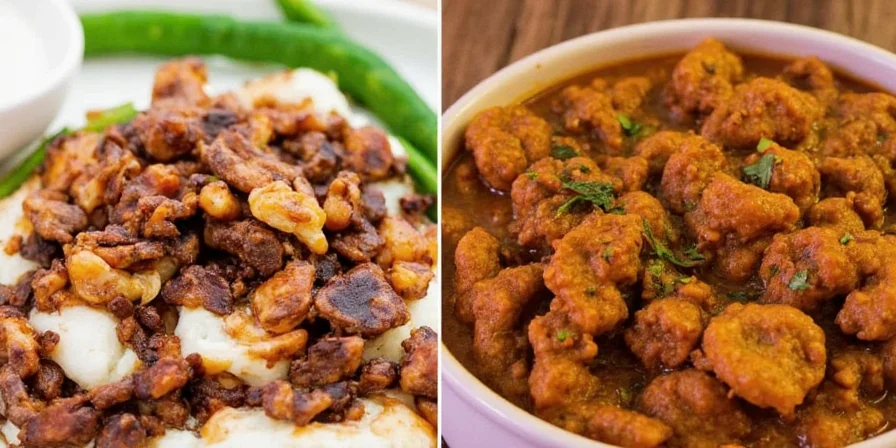
#3: Fermentation Frenzy – How Funky Flavors Rule West Africa
African cooks have been fermenting long before kimchi was cool. Here’s where the funk lives:
- Dawadawa: A Ghanaian paste made from fermented locust beans. Pungent, salty, and perfect in soups.
- Gari: Cassava granules that can be soaked, fried, or turned into a pudding. It has a mild sourness that deepens when cooked.
- Palm Wine Vinegar: Slightly sweet, slightly boozy vinegar found across Central and West Africa.
These ingredients add depth, umami, and a touch of “what is that?!” to every dish. Don’t knock it ’til you’ve tried it.

#4: One Pot, Many Cultures: Jollof vs. Thieboudienne
Jollof rice might be Africa’s most famous dish — but did you know it has a French cousin called Thieboudienne?
| Dish | Origin | Main Ingredients | Signature Taste |
|---|---|---|---|
| Jollof Rice | Nigeria | Tomato paste, scotch bonnet, rice, chicken/fish/meat | Smoky, tangy, deeply spiced |
| Thieboudienne | Senegal | Fish, rice, tomato sauce, carrots, cabbage | Mild, sweet, herbaceous |
The rivalry between Jollof and Thieboudienne is real — but both deserve a place in your rotation. Cook them side-by-side and host your own taste-off!
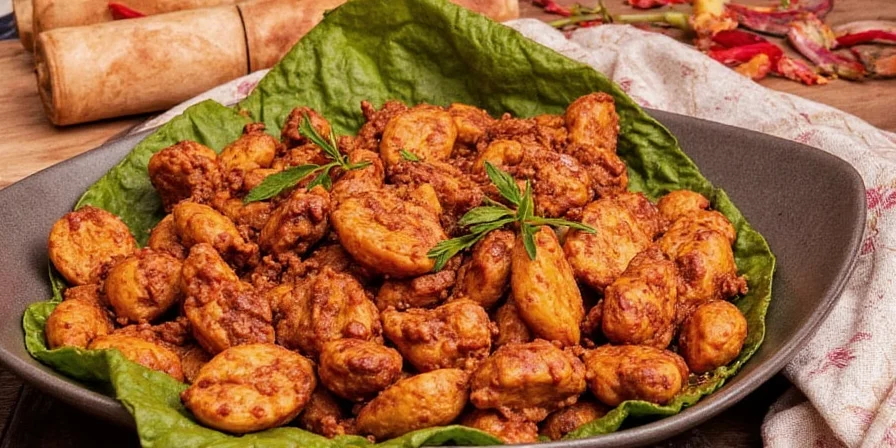
#5: From Ground to Plate – Using Traditional Spices Like a Pro
African spices are not always store-bought. Many chefs still grind their own using a mortar and pestle. Here’s how to unlock the best flavor:
- Toasting whole spices brings out aromatics — try this with grains of paradise, alligator pepper, or cardamom.
- Dry grinding is key for pastes like berbere or suya spice. Use a dry blender or stone grinder for maximum impact.
- Oil infusion helps extract volatile oils — especially useful for making roucou or pepper sauces.
Remember: When it comes to spice, layering matters. Add early for depth, late for brightness — and never skimp on salt unless you want bland bites.
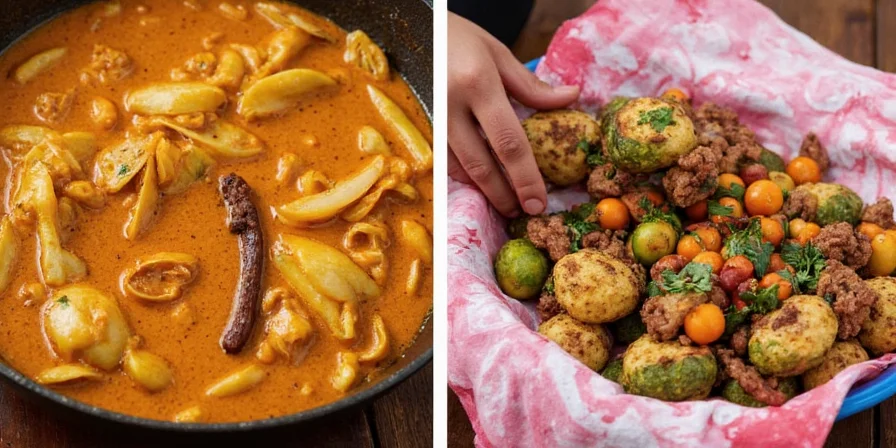
#6: Seafood, Savory Meats & Game Galore
African proteins range from the familiar to the adventurous:
- Goat and Lamb: Slow-cooked in tagines or curries, seasoned with turmeric, cumin, and chili.
- Catfish: Deep-fried or stewed, especially popular in Nigerian pepper soup.
- Antelope or Venison: Popular in Southern Africa, often dried into biltong-style jerky.
- Insects: Roasted mopane worms anyone? High-protein snacks found in Zimbabwe and Botswana.
If you’re vegetarian, don’t despair! Lentils, cowpeas, okra, and eggplant star in many traditional dishes — so flavor doesn’t skip a beat.
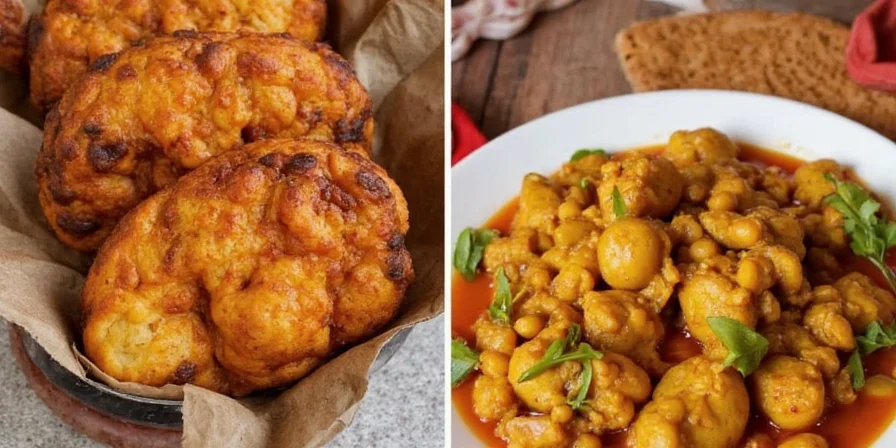
#7: Street Food Stars – What’s Hot on African Streets Today?
Street food in Africa is as exciting as it gets. Some must-try treats include:
- Suya: Skewered and grilled meat coated in spicy peanut-chili mix. Nigerian kebab heaven.
- Chapati with Curry: Swahili flatbread stuffed with beef or chicken curry. Kenya’s answer to fast food.
- Puff-Puff: Sweet, deep-fried dough balls dusted with sugar. Found everywhere from Cameroon to Ghana.
- Bole: Fried plantains, crispy on the outside, soft inside — the ultimate carb bomb.
Want to recreate this at home? Try making your own suya spice and grilling chicken thighs. Wrap in foil or pita and top with onion slices for an instant street vibe.

Pro Tips for Recreating African Flavors at Home
Ready to get your kitchen smelling like a bustling Marrakech market? Here’s how to do it right:
- Stock up on essentials: Get berbere, suya spice, grains of paradise, dried chilies, palm oil, and garri.
- Use fresh vegetables: Okra, eggplant, collard greens, tomatoes, and onions are kitchen heroes across the continent.
- Don’t fear fat: Palm oil gives color and depth; coconut milk adds richness to stews.
- Layer your spices: Add some during marination, some while sautéing, and a final sprinkle before serving.
- Try the hands-on approach: Eat fufu, injera, or pap with your hands — it’s part of the experience!
Conclusion: The Future of Flavor is African
African food isn’t just about filling your stomach — it’s about telling stories, honoring traditions, and celebrating communities through flavor.
From backyard barbecues to Sunday brunch spreads, the spices and styles of authentic African foods are ready to spice up your routine. So next time you reach for that tired taco Tuesday plan, why not go for Tasty Tuesday in Tanzania instead?
The world is finally catching on — and now, you can too. Welcome to the global spice revolution. Your palate will thank you.
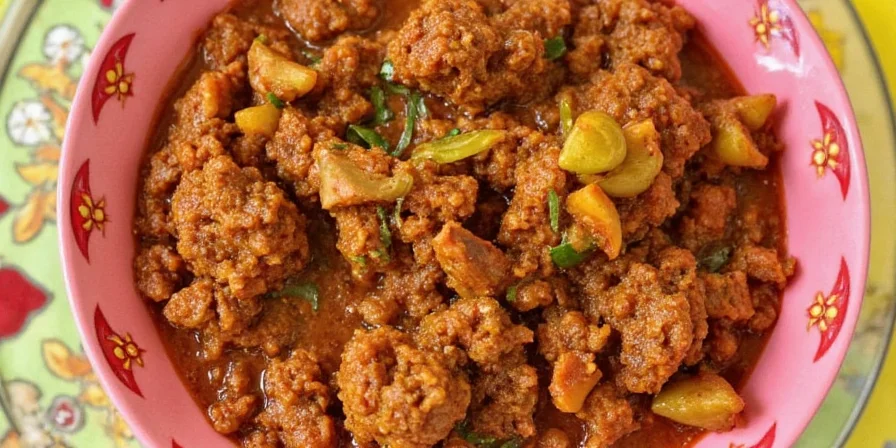

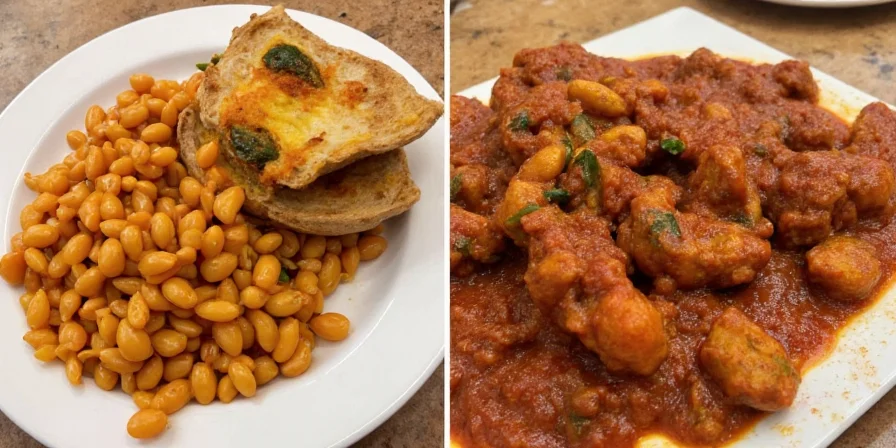









 浙公网安备
33010002000092号
浙公网安备
33010002000092号 浙B2-20120091-4
浙B2-20120091-4